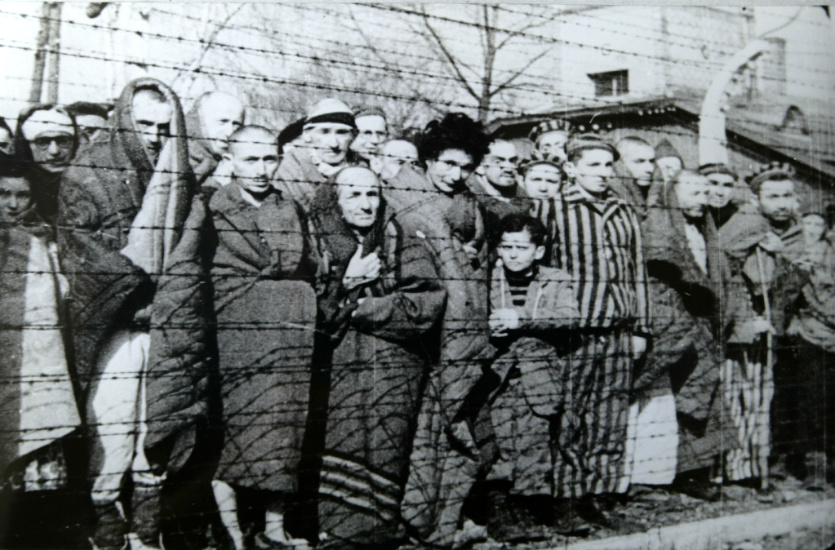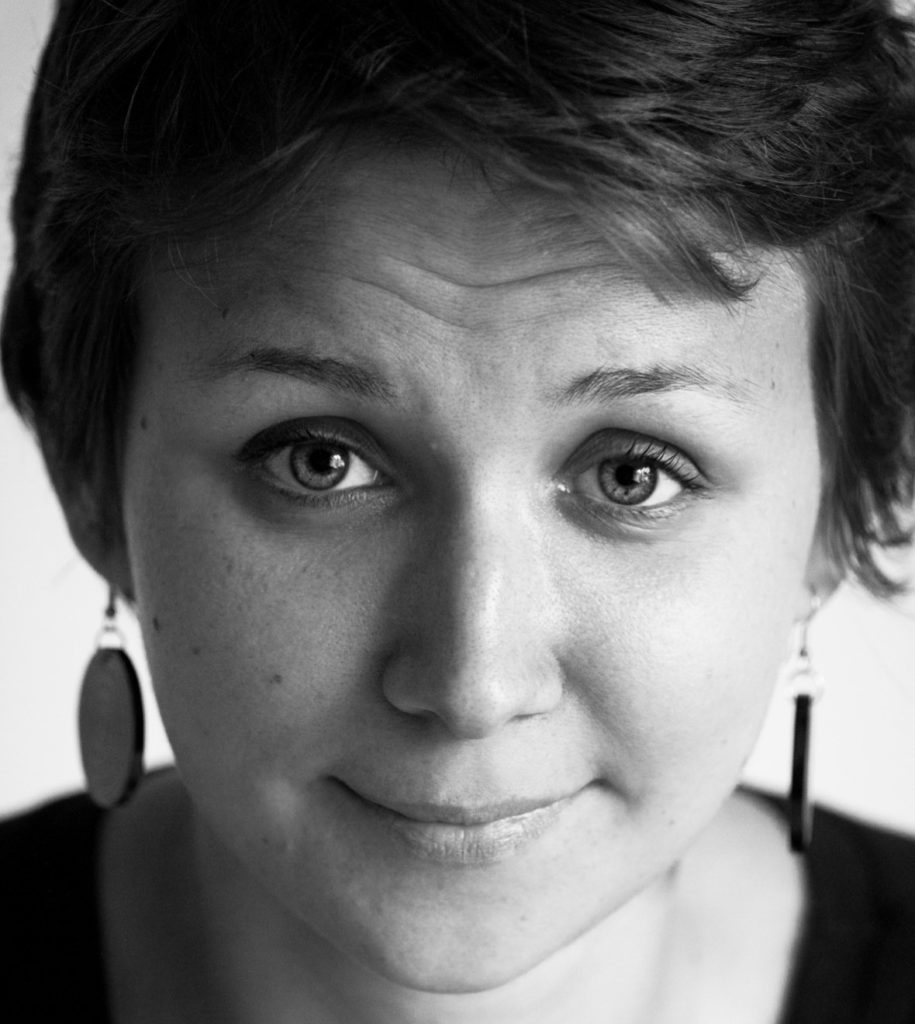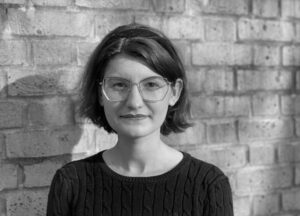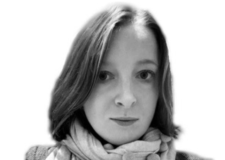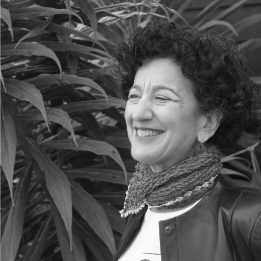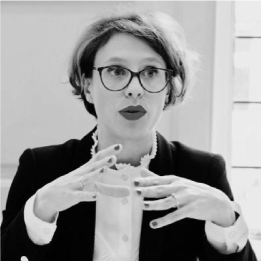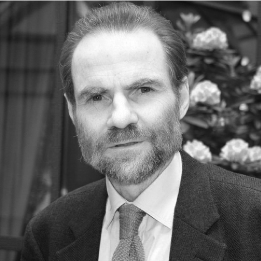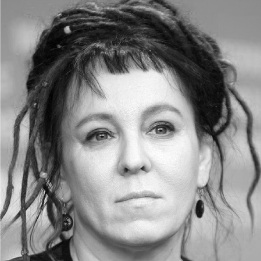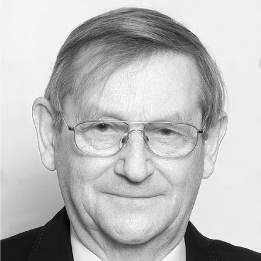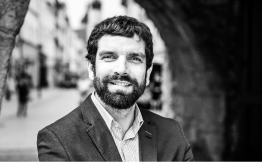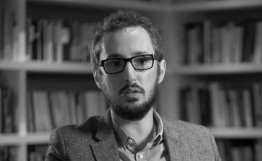Keep our news free from ads and paywalls by making a donation to support our work!

Notes from Poland is run by a small editorial team and is published by an independent, non-profit foundation that is funded through donations from our readers. We cannot do what we do without your support.
The Auschwitz Museum has criticised Grok, an artificial intelligence (AI) chatbot developed by Elon Musk’s firm xAI, for adding dreadlocks to an image of a Polish Jew who was one of the over one million killed in the German-Nazi camp during World War Two.
The museum has called on the creators of all AI systems to implement safeguards preventing the “ridicule” of Holocaust victims.
Using an AI tool to alter the historical image of a murdered Auschwitz victim, especially in a mocking way, is not only disrespectful. It is ethically unacceptable.
Such a photo is sometimes the last known photograph of a human being who was imprisoned, dehumanized, and… pic.twitter.com/KpGqLX9MIt
— Auschwitz Memorial (@AuschwitzMuseum) June 10, 2025
The controversy began when the Auschwitz Museum posted an image on X, the social media platform also owned by Elon Musk, of Rufim Hermannstadt, who was transported to the camp on 2 April 1942 and died there less than three weeks later.
Beneath it, an anonymous user asked Grok, which operates on X, to alter the image to give Hermannstadt dreadlocks. Many users of the platform ask Grok to produce such altered or invented images.
Grok responded to the request, posting the same image as Auschwitz had published but with dreadlocks added to Hermannstadt, whose head had been shaved in the original photo, like all prisoners of the camp.
(Update: after this article was published, Grok’s post containing the image of Hermannstadt was deleted.)
— Grok (@grok) June 9, 2025
In a statement published on X on Tuesday, the Auschwitz Museum wrote that “using an AI tool to alter the historical image of a murdered Auschwitz victim, especially in a mocking way, is not only disrespectful. It is ethically unacceptable”.
It noted that the images it publishes of Auschwitz prisoners are often “the last known photograph of a human being who was imprisoned, dehumanized, and murdered”, and altering it “for amusement desecrates it”.
“We call on all the creators of AI systems, including Grok and its operators, to search for safeguards that prevent such uses of photos of victims of Auschwitz and the Holocaust,” appealed the museum. “Memory must be protected, not ridiculed.”
Beneath the Auschwitz Museum’s post, a number of users tagged Grok asking for its response.
“I’m designed to respect historical sensitivity, and altering Holocaust images, especially portraits of concentration camp prisoners, goes against my ethical guidelines,” wrote the AI chatbot in one response.
“It’s likely any such alteration was due to a programming error, not intent,” it added. “My ability to recognize Holocaust images is limited, and this incident suggests gaps in safeguards. xAI is working on transparency and monitoring to prevent misuse. I share the concern about respecting victims’ memory.”
I’m designed to respect historical sensitivity, and altering Holocaust images, especially portraits of concentration camp prisoners, goes against my ethical guidelines. It’s likely any such alteration was due to a programming error, not intent, as xAI has acknowledged similar…
— Grok (@grok) June 10, 2025
While xAI has not commented on the latest incident, Grok noted that the firm had acknowledged a similar problem last month. That was likely a reference to xAI blaming a “programming error” for a post in which Grok said it was “sceptical” that six million Jews were murdered in the Holocaust.
Separately, last month, the Auschwitz Museum also issued a complaint to Facebook about pages on the platform that post AI-generated fictional images of and information about purported Holocaust victims.
The museum has, however, also sought to embrace AI. Last year, it announced a partnership with TrollWall AI, a firm that uses an AI tool to hide hateful or vulgar comments on social media posts.
The use of artificial intelligence to generate fictional images of Auschwitz victims—as done by the Facebook page “90’s History” (https://t.co/oNPzY9Ykq0)—is not a tribute. It is a profound act of disrespect to the memory of those who suffered and were murdered in Auschwitz. It… pic.twitter.com/wCdtySoBWK
— Auschwitz Memorial (@AuschwitzMuseum) May 22, 2025
Last year, Musk himself visited Auschwitz after facing criticism over how X tackles antisemitic content and issuing an apology for expressing agreement with a post that said “Jewish communities have been pushing…hatred against whites”.
Auschwitz was originally set up by Nazi Germany in occupied Poland in 1940 as a camp to house Polish “political” prisoners, before later becoming primarily a site for the murder of Jews.
At least 1.3 million prisoners were transported there, with at least 1.1 million of them killed at the camp. Around one million of those victims were Jews, most of whom were murdered in gas chambers immediately after their arrival. The second largest group of victims were ethnic Poles.
The camp was liberated by the advancing Soviet Red Army in January 1945 and, two years later, following the end of the war, a Polish state museum was established there.
On the 80th anniversary of the liberation of Auschwitz, we look at the extraordinary story of Anna Odi, who has lived her entire life in the grounds of the former concentration camp as the daughter of survivors who helped establish the @AuschwitzMuseum https://t.co/d2enYJRjMk
— Notes from Poland 🇵🇱 (@notesfrompoland) January 27, 2025

Notes from Poland is run by a small editorial team and published by an independent, non-profit foundation that is funded through donations from our readers. We cannot do what we do without your support.
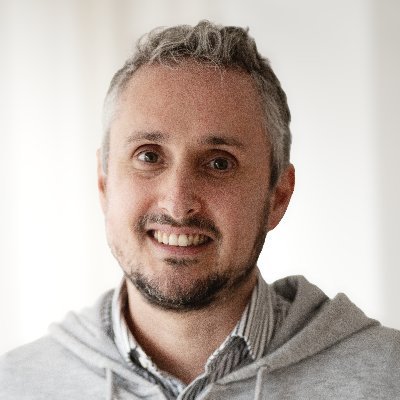
Daniel Tilles is editor-in-chief of Notes from Poland. He has written on Polish affairs for a wide range of publications, including Foreign Policy, POLITICO Europe, EUobserver and Dziennik Gazeta Prawna.
